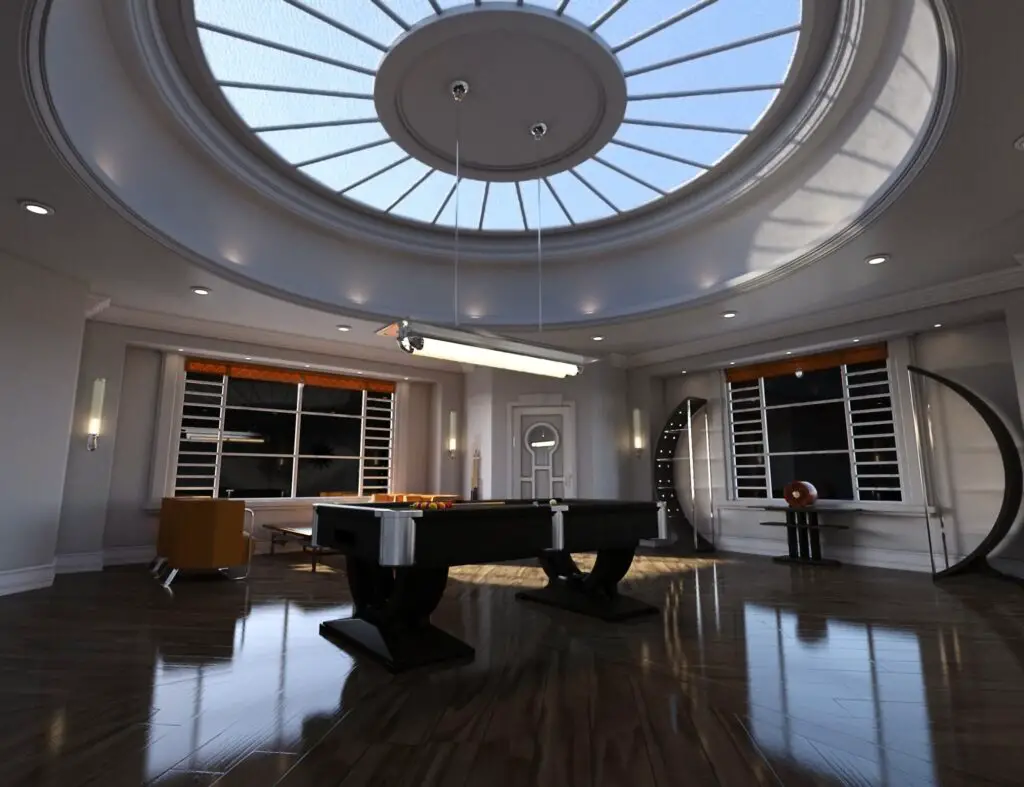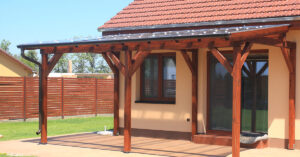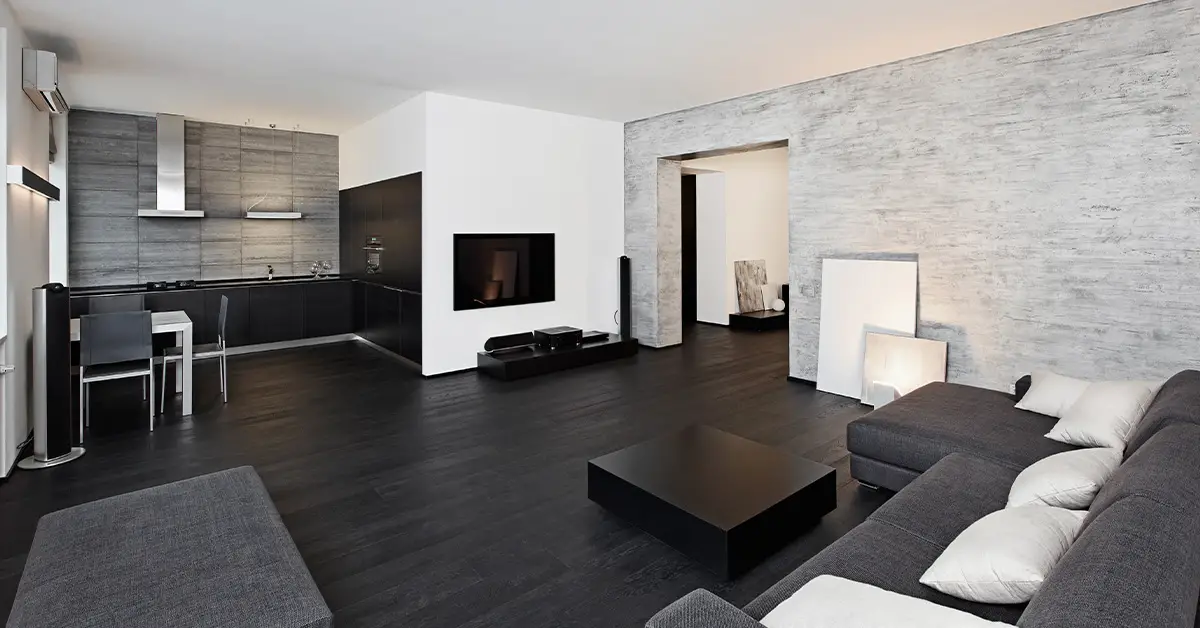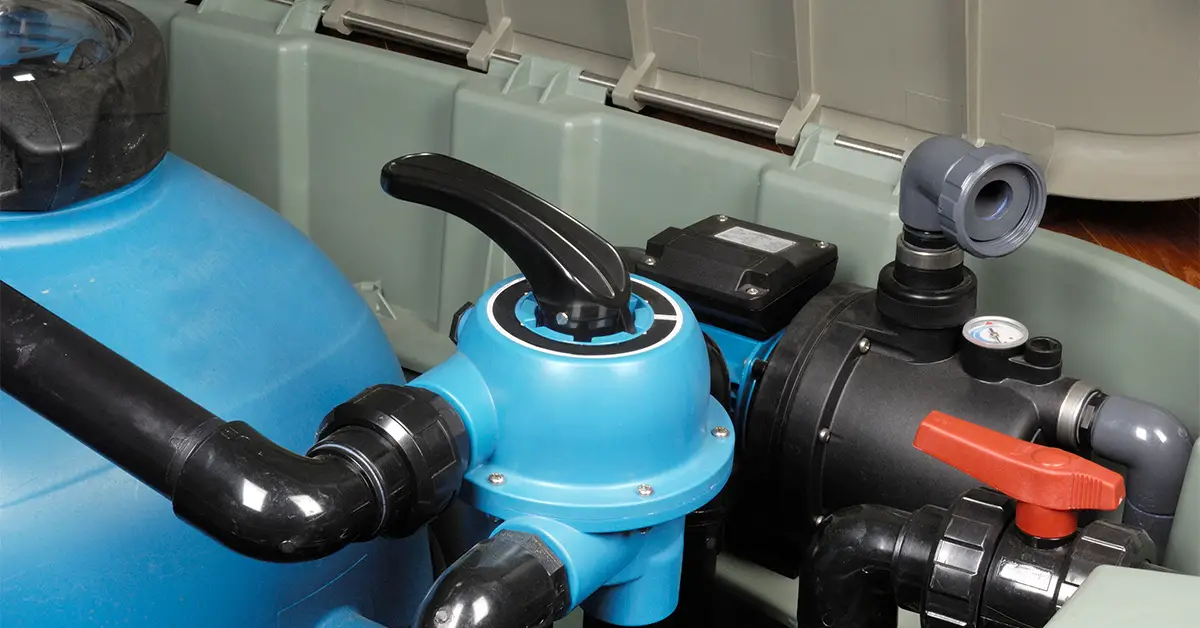Redesigning your living space is so exciting. Having your apartment constructed just the way you want is totally satisfying!
The average apartment ceiling height is around 9 feet or 2,74 meters and the ceiling height you choose will have an impact on the comfort and look of your living space. You’ll need to consider building regulations and certain cost implications too during your remodeling project.
If you need some guidance, this article will give you more details and answer some of your nagging questions. Keep reading for specifics on ceiling height, apartment requirements, and ceiling styles available.
Table of Contents
Aiming High
Higher ceilings are more desirable in both homes and apartments. The extra space creates fresh volume and light. You can play around with feelings of airiness, elegance, grandeur, and drama.
The openness is great when your floor area is smaller. A compact space with a low ceiling can easily feel cramped. However, lower ceilings may offer warmth and a cozy ambiance.
The height you choose for your apartment ceilings will depend on the atmosphere you want. What we look for in a living space depends on our circumstances and lifestyles. The pandemic has changed our perspectives and how we go about our daily activities.
If you work from home, you probably don’t want to be sitting in a pokey corner of a crowded apartment. Many of us still spend so much time at home.
An airy, uplifting feel is really what you want. This is true whether you live in a small studio apartment or have separate rooms to remodel.
Ceiling height affects the look and feel of your apartment’s interior. It will influence many of your other design decisions. You will also need to follow building regulations.
Ceiling Specifics
Let’s talk apartment ceiling height specifications. Get your notepad ready, these are numbers you’ll want to know!
In the 1970s and 1980s timber frames were supplied at a standard height of 8 feet. At the same time, lower ceilings saved on the costs of heating and cooling. So a low standard ceiling height fitted the circumstances of the time.
The standard for ceiling heights has changed over the years. Traditional ceiling height is regarded as 8 feet or 2,4 meters. But, these days, the average apartment ceiling height is 9 feet.
The Minimums for Comfortable Height
Building regulations provide set minimums for habitable spaces in homes and apartments. Habitable spaces are the rooms you use for living, sleeping, eating, and cooking. They have a minimum ceiling to floor height of 7 feet (about 2,1 meters).
Bathrooms, closets, and hallways are non-habitable spaces. The ceiling height must be at least 6 feet, 8 inches, or 2 meters.
A room with a sloped ceiling, such as an attic, has a minimum ceiling to floor height of 5 feet or 1,52 meters in 50% of the area.
Ceiling height is not always fixed throughout a home or apartment. It can be varied between rooms and even changed between floors.
Some people prefer high ceilings of around 10 feet (3 meters) on the ground floor. Then, on the upper floor, they have ceilings as low as 8 feet for the sleeping and bedroom areas. Lower ceilings create a snug, welcoming feel that works well in bedrooms.
Comfort will depend on the size and layout of your apartment.
High ceilings are more expensive in terms of building costs. And, they sometimes push up your energy bill as you need more heating and cooling.
Highs, Lows, and Averages
So what’s a high apartment ceiling? Since the average apartment ceiling height is around 9 feet, a high ceiling would be around 10 or 12 feet.
Your apartment would have a low ceiling at 8 feet. This is above the minimum, but still below what’s mostly considered the standard.
If you have any doubts, chat with your builder or renovator. Don’t assume that they work according to a 9-foot standard. Make sure that they specify ceiling heights and costs for going a bit higher in your contract.
Styling Your Ceiling
Space is always a consideration for apartment living. Height increases air movement, and also creates a feeling of flow and openness. The ceiling style you choose will depend on what suits the layout and size of your apartment.
Storage solutions make apartment living easier, maintaining much-needed space and order. So, higher ceilings give you more options. Extra wall area means taller cupboards, additional shelving, and wall-mounted decor.
It’s common to find newer-styled loft apartments with ceilings of 10 to 12 feet high. There are some beautiful styling options if you can manage a decent ceiling height.
Coffered ceilings are best used with high ceilings for a touch of classic drama. You need a high ceiling to pull off this look because they reduce height slightly. The deeper the coffers, the higher the ceiling will need to be.
A tray ceiling means creating a recession that draws the eye upwards. As with coffered ceilings, the profiles extend downward, so you’ll need a bit of extra height.
Coffered and tray ceilings do cost more to install. However, they increase the value of your apartment and soundproof it as well. They also prevent the echoes you sometimes hear in high-ceilinged rooms.
Luxury ceilings are usually higher than 12 feet. They are often used to feature the roof beams and provide visual interest and scale. For example, cathedral ceilings follow the line of the roof and meet at the apex.
Deciding on Your Apartment Ceiling Height
The best apartment ceiling height depends on your personal preference. And, what suits your space. That said, you probably wouldn’t go below 9 feet anyway.
Apartment ceiling height goes a long way in creating the look and feel you want. Naturally, your apartment is a place where you spend a lot of time. So choose something that will highlight the best features of your place.
You can find more great apartment-living posts on our blog. Be sure to check out our guides and FAQs section here!







